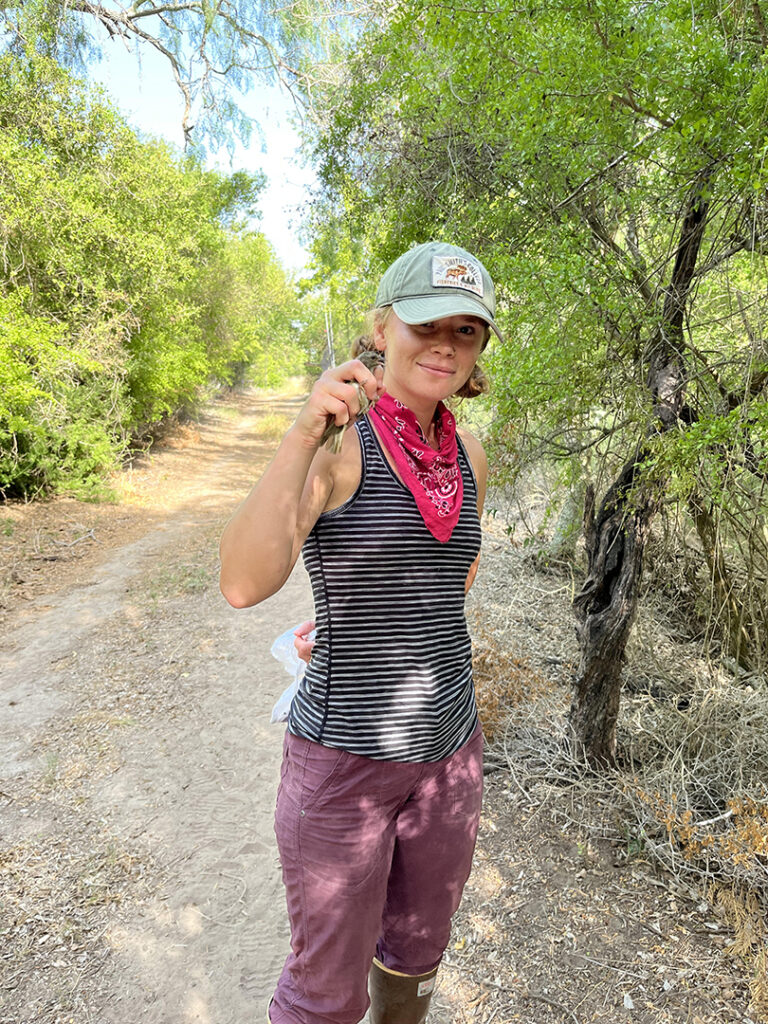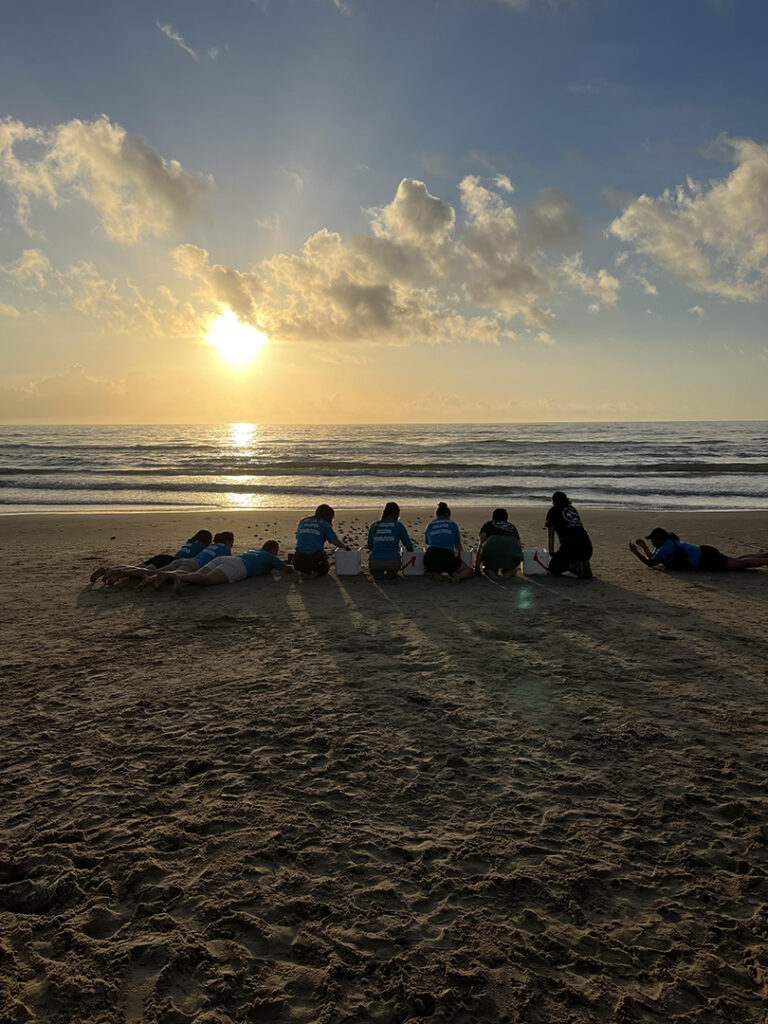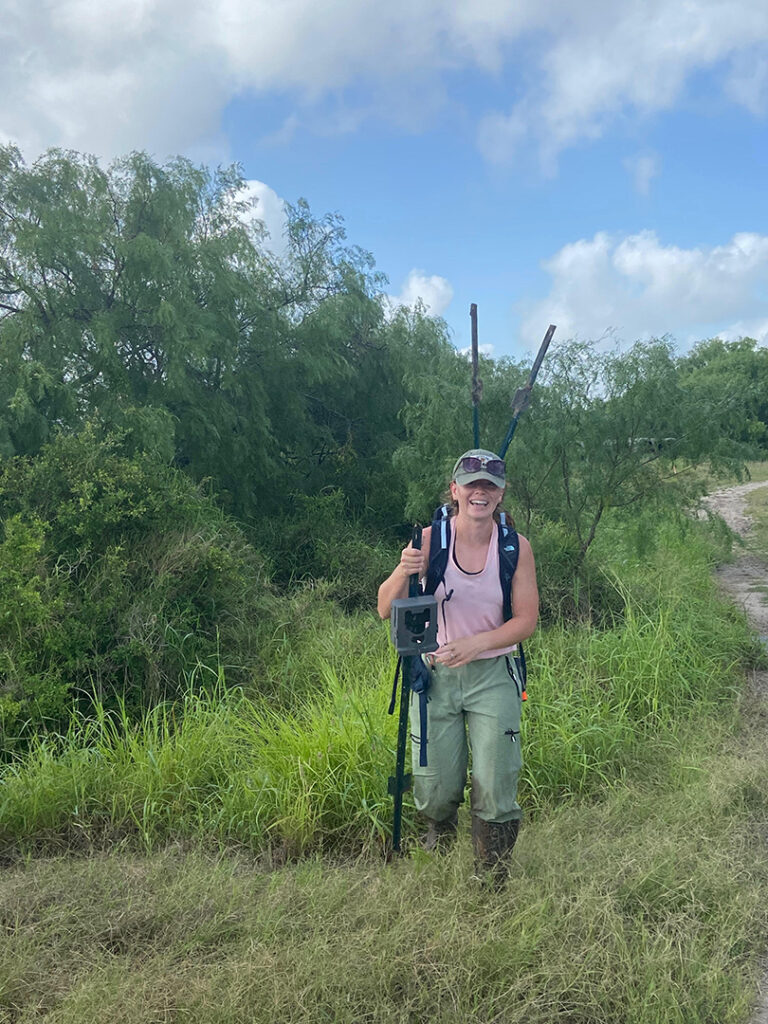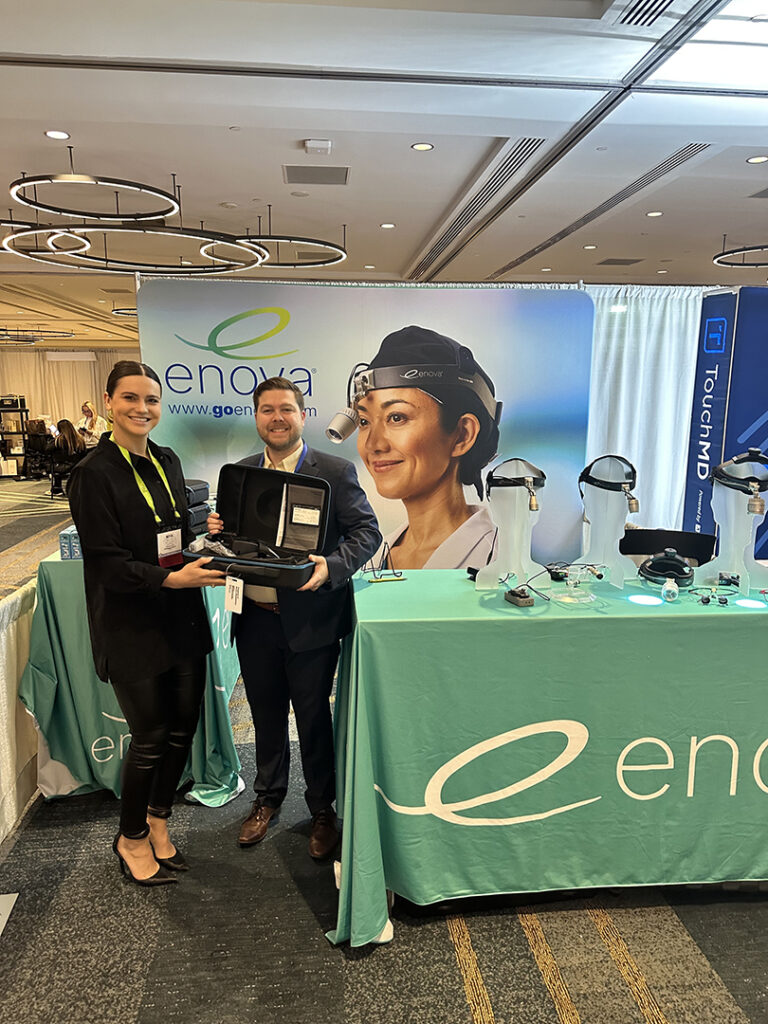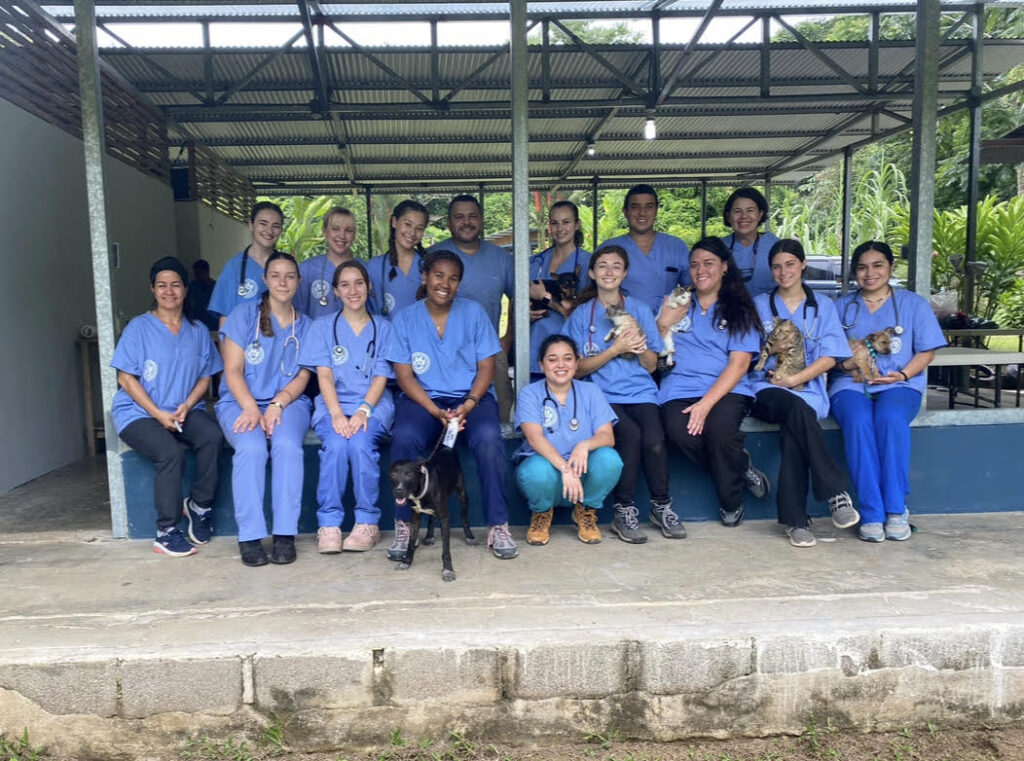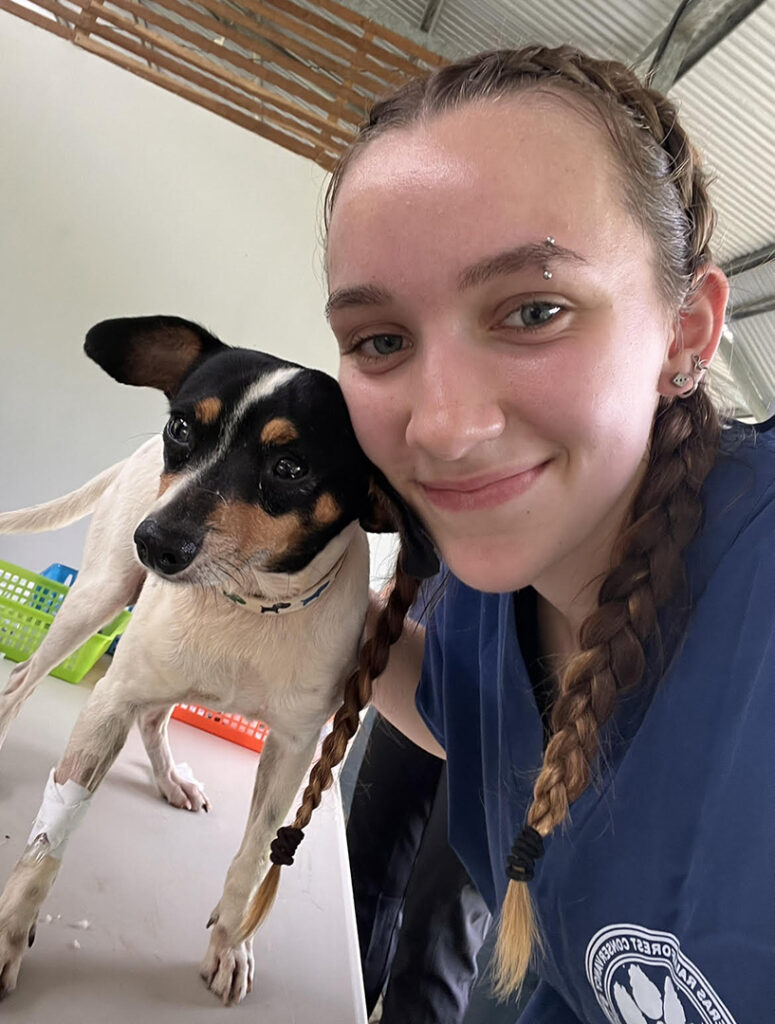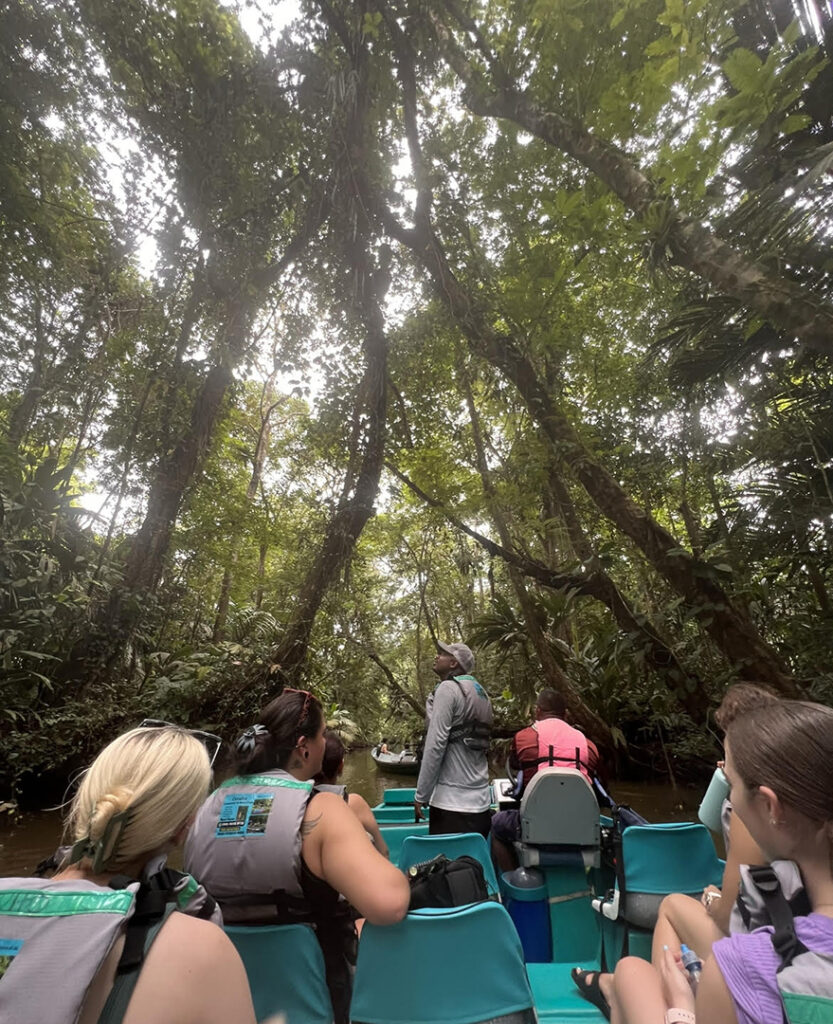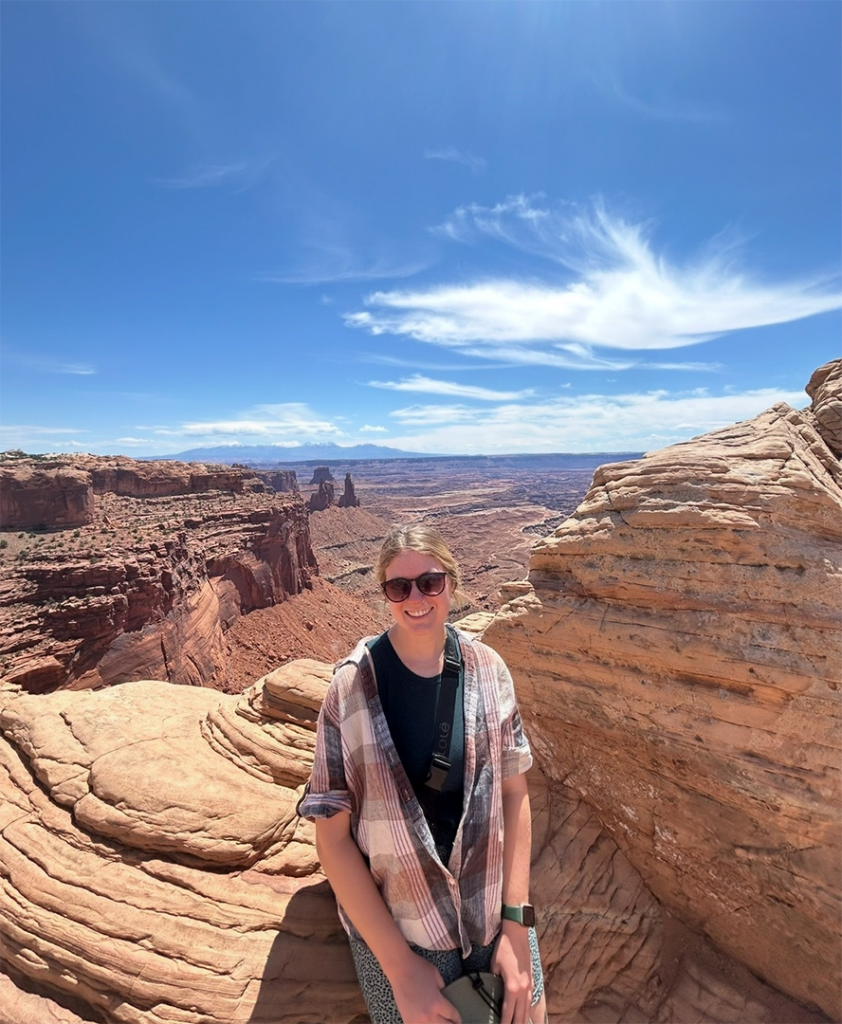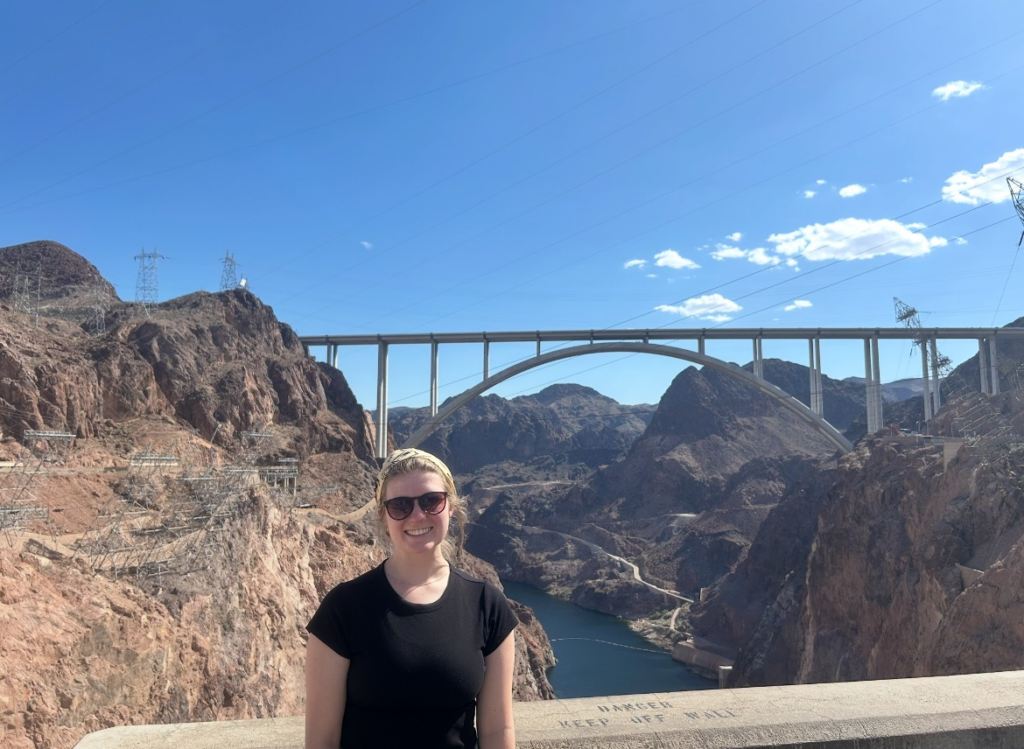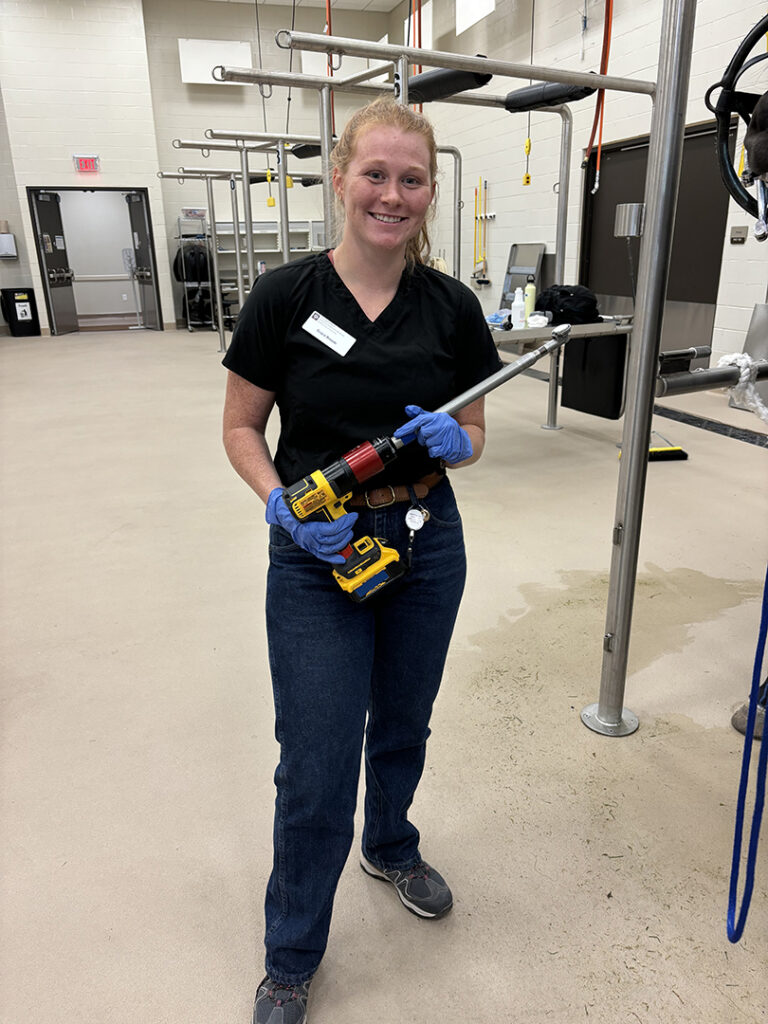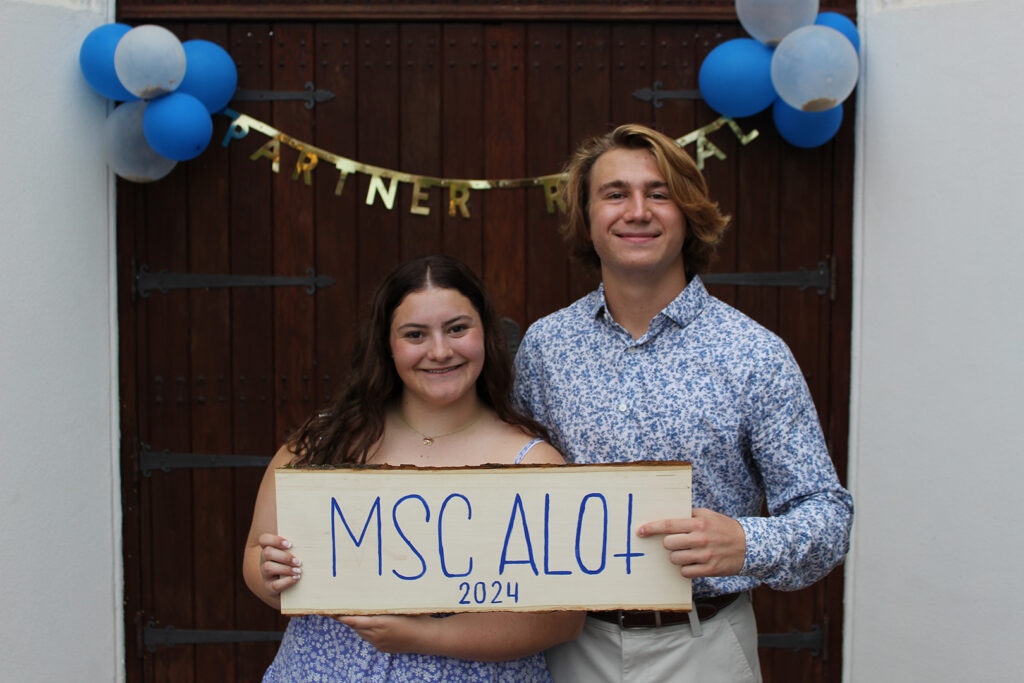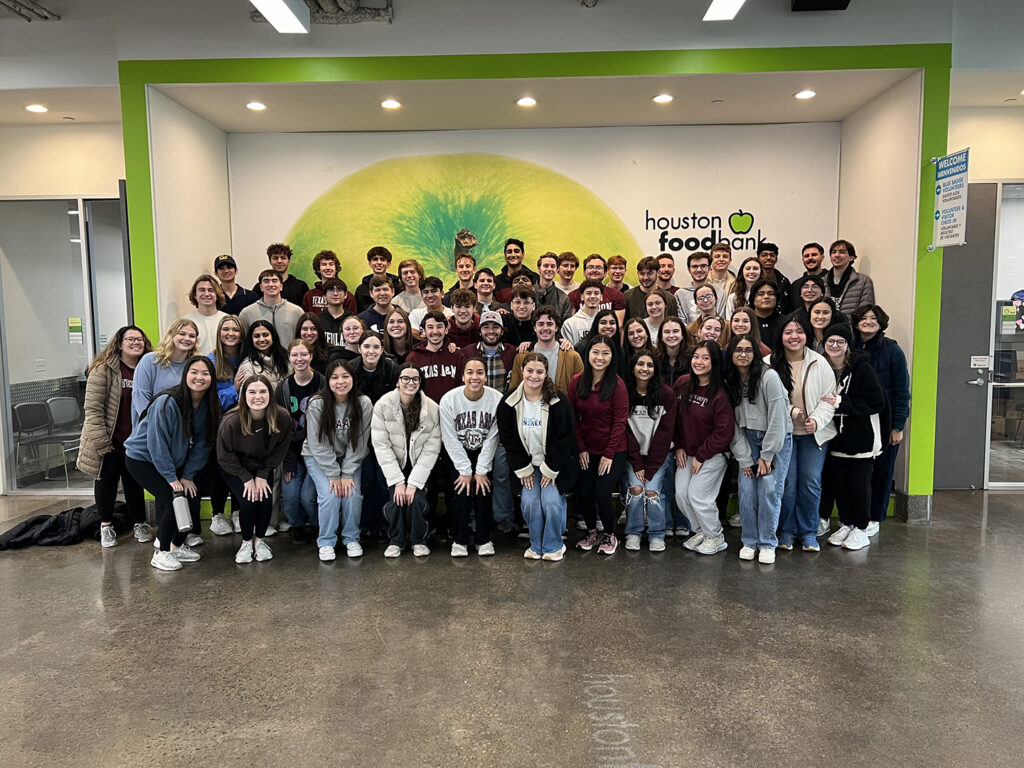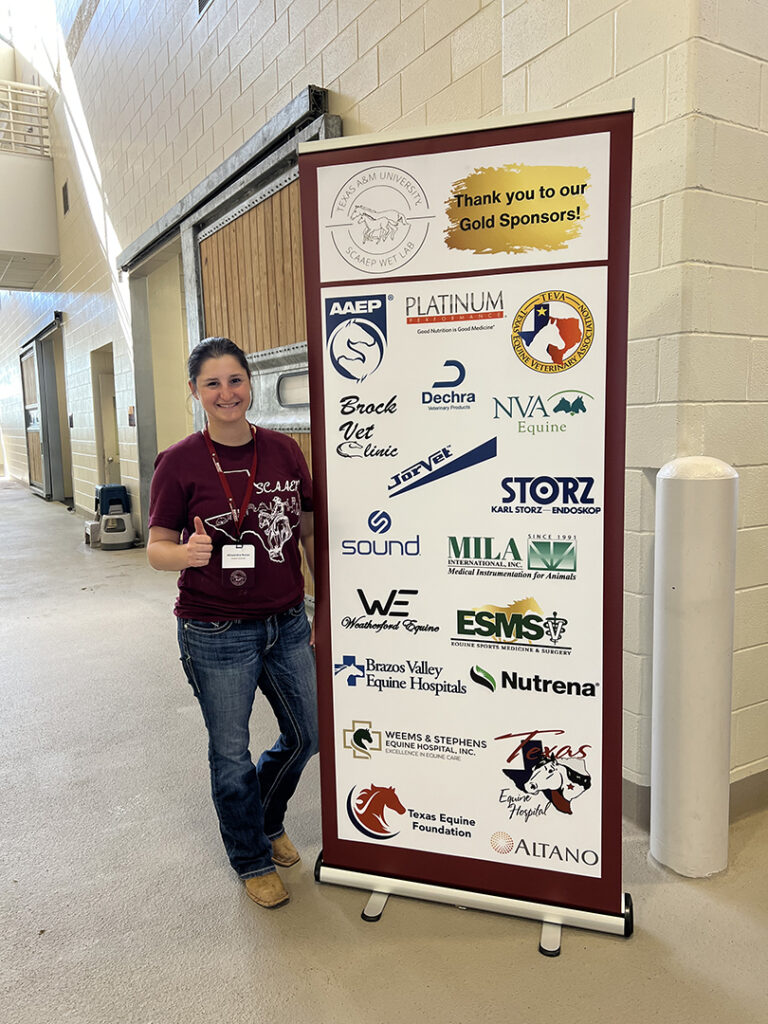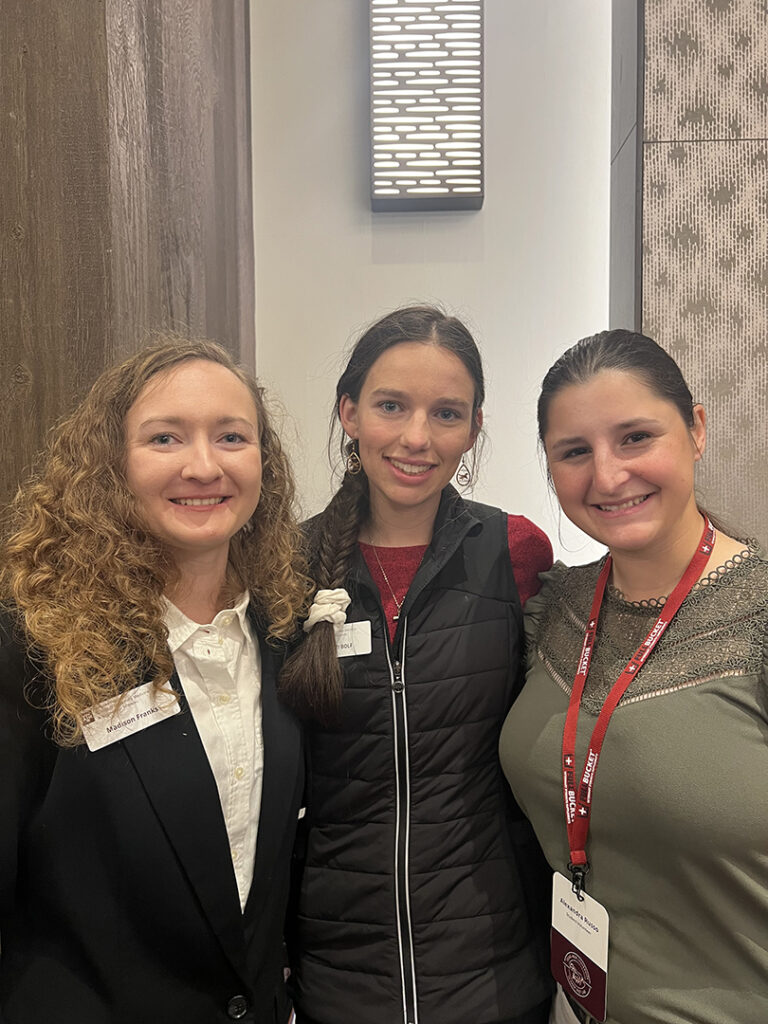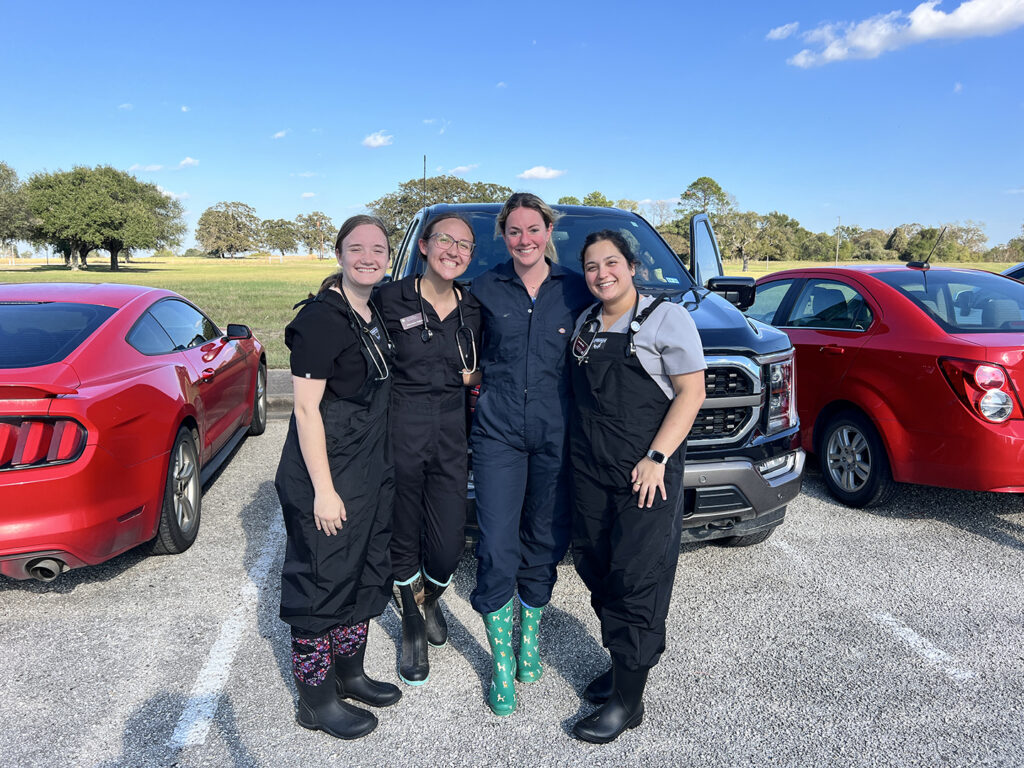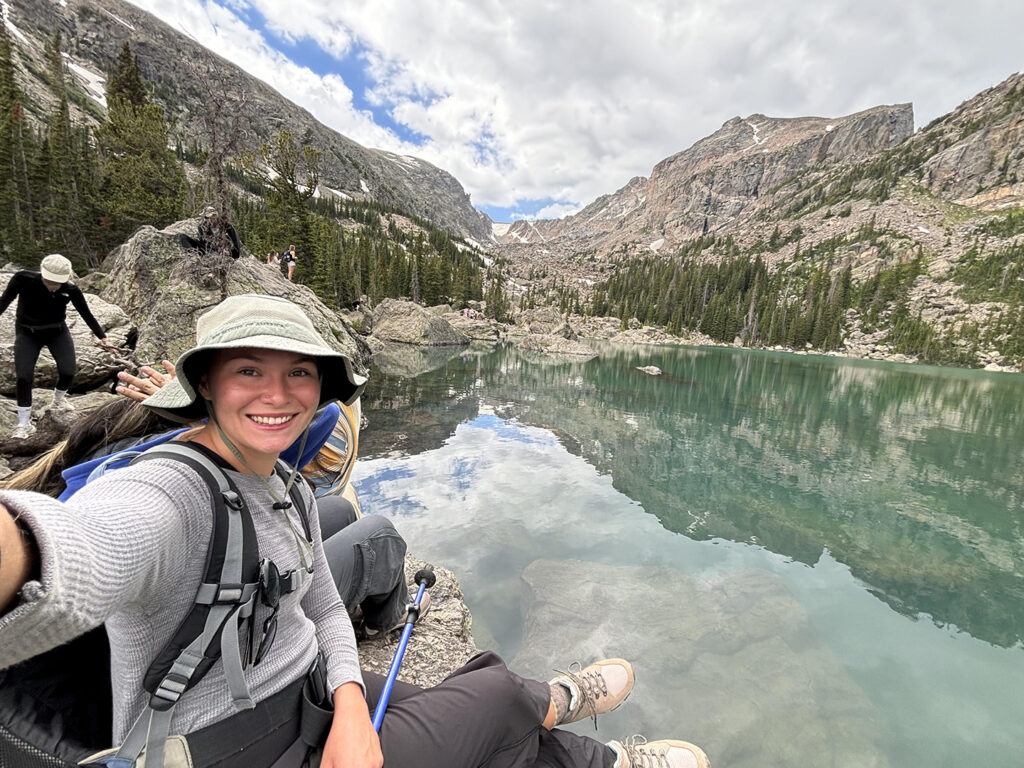Anna, a first-year veterinary student and VMBS ambassador, didn’t take a traditional path to veterinary school.
Prior to beginning her DVM program at the VMBS, Anna moved to Texas for a research opportunity in the Rio Grande Valley. She studied road ecology, specifically the movement of ocelots and bobcats around highways.
While completing her research, Anna spent her free time interning at a local zoo, helping with wildlife rehabilitation and caring for sick zoo animals. She also volunteered with Sea Turtle Inc. and a bird banding project.
All of these hands-on experiences led Anna to pursue a degree in veterinary medicine in Texas!
